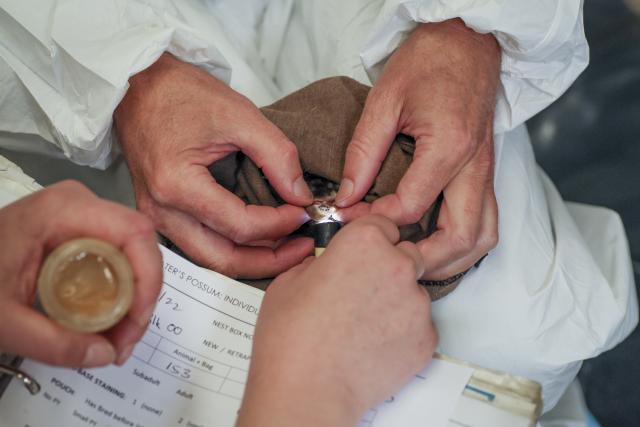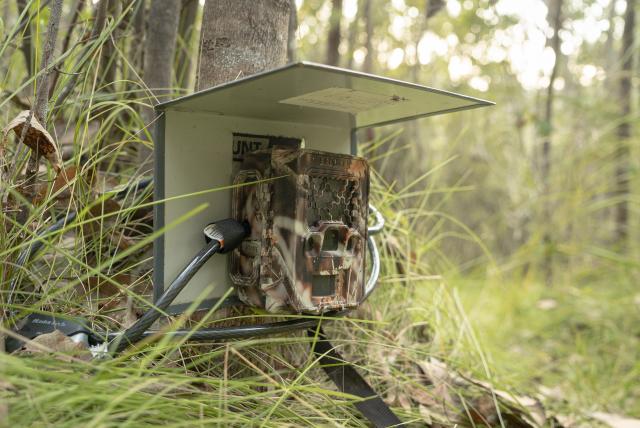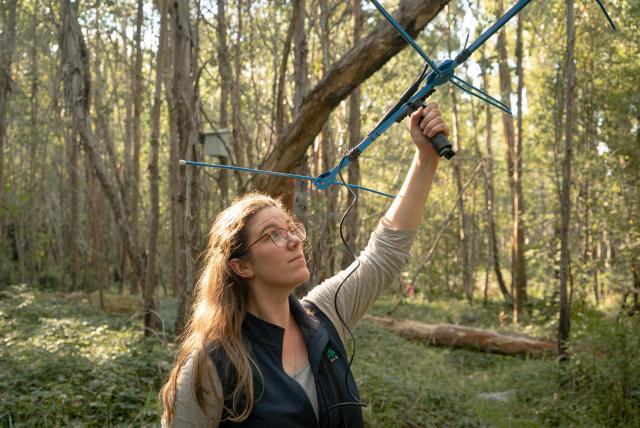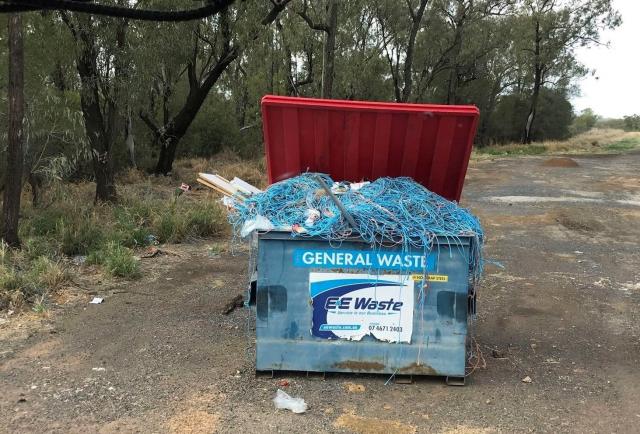In a bold move for conservation, a translocation trial is underway that involves moving a third of the world’s population of critically endangered lowland Leadbeater’s Possums to a new forest home near Mansfield in Victoria’s north east.
Zoos Victoria, with the help of conservation partners Parks Victoria and the Department of Environment, Land, Water and Planning, is translocating 13 of the remaining 33 lowland possums from the wild population at Yellingbo to the new location. This follows extensive surveys in Victoria’s north east and Gippsland to identify suitable habitat.
The translocation trial is the latest step in a recovery strategy based on one of the longest-running and most intensive population monitoring programs in place for a Victorian threatened species.
Zoos Victoria Senior Ecologist Dr Dan Harley, who is leading the translocation trial, said eight possums were translocated in October last year, and have done really well at their new forest home.
“Based on these results, we translocated a further five possums in late March [this year] as the next step in our trials to examine site suitability,” Dr Harley said. “The objective is to increase the population size and expand the area of occupancy as part of risk spreading against bushfire. The lowland population is suffering from inbreeding, so restoring genetic diversity is also critical.
“The translocation to new locations is a bold and brave step, but necessary to save a species that faces the very real threat of extinction in the next 15 years without intervention.
“By establishing a new wild lowland population of Leadbeater’s possums we can, hopefully, minimise the risk of this species being lost entirely during a climate-related event such as a bushfire. We also aim to increase population size and, with the introduction of some highland genetics, restore genetic diversity in the lowland population.”
A successful translocation is dependent on high-quality swamp forest habitat to support foraging and provide sufficient food resources to promote breeding. Low predation risk from cats and foxes is also a key variable. Phase one of the translocation trial is already showing promising signs of breeding amongst the colonies. Importantly, no predation by cats or foxes has occurred.
Due to habitat loss, the lowland Leadbeater’s Possum now has a highly restricted range (of habitat) and is a species at significant risk of extinction because of climate change. Ninety-nine per cent of the fertile valley floors on which lowland possums rely were cleared for agriculture early last century.
The lowland Leadbeater’s Possum population is genetically distinct from highland Leadbeater’s Possums (also critically endangered). Leadbeater’s Possum was presumed extinct early last century, prior to being rediscovered in 1961. Lowland populations of the species were thought to be extinct until 1986, when a group of surviving possums was discovered at Yellingbo. The Leadbeater’s Possum is one of Victoria’s faunal emblems.











